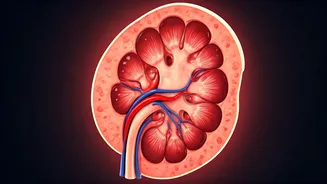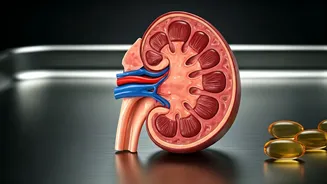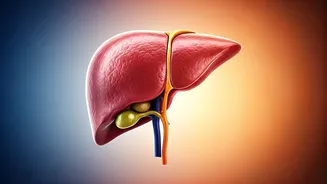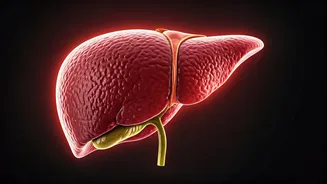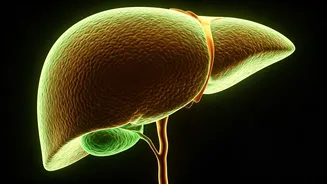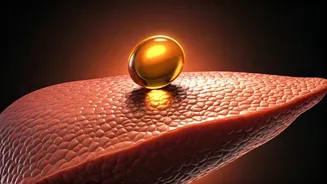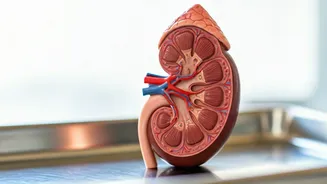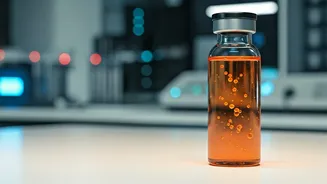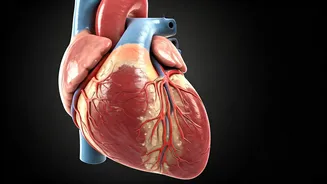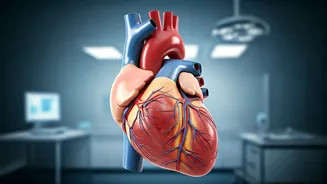What is Toxicity?
Vitamin D toxicity, also known as hypervitaminosis D, arises from consuming an excessive amount of vitamin D. It's relatively uncommon and usually results
from taking too many vitamin D supplements, not from sun exposure or diet. This excess causes a buildup of calcium in the blood (hypercalcemia), which can lead to various health issues. The safe upper limit for vitamin D intake is typically set to avoid this toxicity. While vitamin D is crucial for bone health, immune function, and overall well-being, exceeding recommended doses can have adverse effects. Therefore, it's vital to be aware of the risks and symptoms associated with vitamin D toxicity to protect one's health effectively.
Causes and Risks
The main cause of vitamin D toxicity is excessive intake of vitamin D supplements. Taking extremely high doses over extended periods increases the risk. Some people may be more susceptible than others, but toxicity usually requires intake far exceeding the recommended daily allowance. Certain medical conditions can also increase the risk, as well as kidney problems which may impact the body's ability to regulate calcium levels. Long-term, high-dose supplementation can lead to hypercalcemia, which can damage the kidneys, bones, and cardiovascular system. People should consult healthcare professionals before starting high-dose vitamin D supplements to assess their individual risk and ensure safe intake. Remember that the recommended daily allowance is typically sufficient for most people to maintain healthy vitamin D levels.
Symptoms to Watch
The symptoms of vitamin D toxicity can vary, but common signs include nausea, vomiting, weakness, and frequent urination. Hypercalcemia, caused by excess vitamin D, increases calcium in the blood and can cause these symptoms. Other symptoms may include loss of appetite, abdominal pain, constipation, and dehydration. In severe cases, vitamin D toxicity can lead to kidney damage, bone pain, and even cardiac problems. Early detection is key, so being aware of these symptoms is essential. If you experience these signs, it's important to consult with a doctor for diagnosis and appropriate treatment. Doctors may recommend blood tests to measure calcium and vitamin D levels.
Hidden Dangers Unveiled
Vitamin D toxicity's hidden dangers extend beyond immediate symptoms, potentially causing long-term health complications. Kidney damage is a significant risk, as high calcium levels can lead to kidney stones and kidney failure. Excessive calcium can also weaken bones, increasing fracture risk, despite vitamin D's role in bone health. Cardiovascular issues, such as heart rhythm irregularities, are another concern. Moreover, mental health can be impacted, with symptoms like depression and cognitive impairment. Understanding these potential long-term effects highlights the need for cautious vitamin D supplementation and regular health check-ups. The goal is to maintain optimal levels without overstepping the safe boundaries to protect overall health.
Reversing the Effects
Reversing vitamin D toxicity involves stopping vitamin D supplementation and managing the resulting hypercalcemia. In mild cases, simply stopping supplements may be enough. Drinking plenty of fluids can help flush out excess calcium and avoid dehydration. In more severe situations, medical intervention may be necessary. Doctors might prescribe medications such as corticosteroids or bisphosphonates to reduce calcium levels. Additionally, close monitoring of kidney function and calcium levels is essential. Adjusting dietary calcium intake, and addressing any underlying medical conditions, such as kidney problems, are also vital parts of the treatment. The recovery process usually takes time, and the focus is on restoring balance and preventing further complications.
Safe and Natural Remedies
Aside from medical treatments, a few natural methods can assist in reversing vitamin D toxicity and supporting recovery. Staying well-hydrated is crucial as it aids in flushing out excess calcium. Adjusting dietary habits to decrease calcium intake, particularly from dairy products, is another step. Consulting with a healthcare provider can help determine the right balance. Maintaining a balanced diet with essential nutrients supports overall health. Engaging in gentle exercise also aids in bone health and overall well-being. Regular monitoring of vitamin D levels and calcium levels ensures the effectiveness of the chosen interventions. The natural methods work best when combined with medical advice to achieve comprehensive recovery from vitamin D toxicity.
